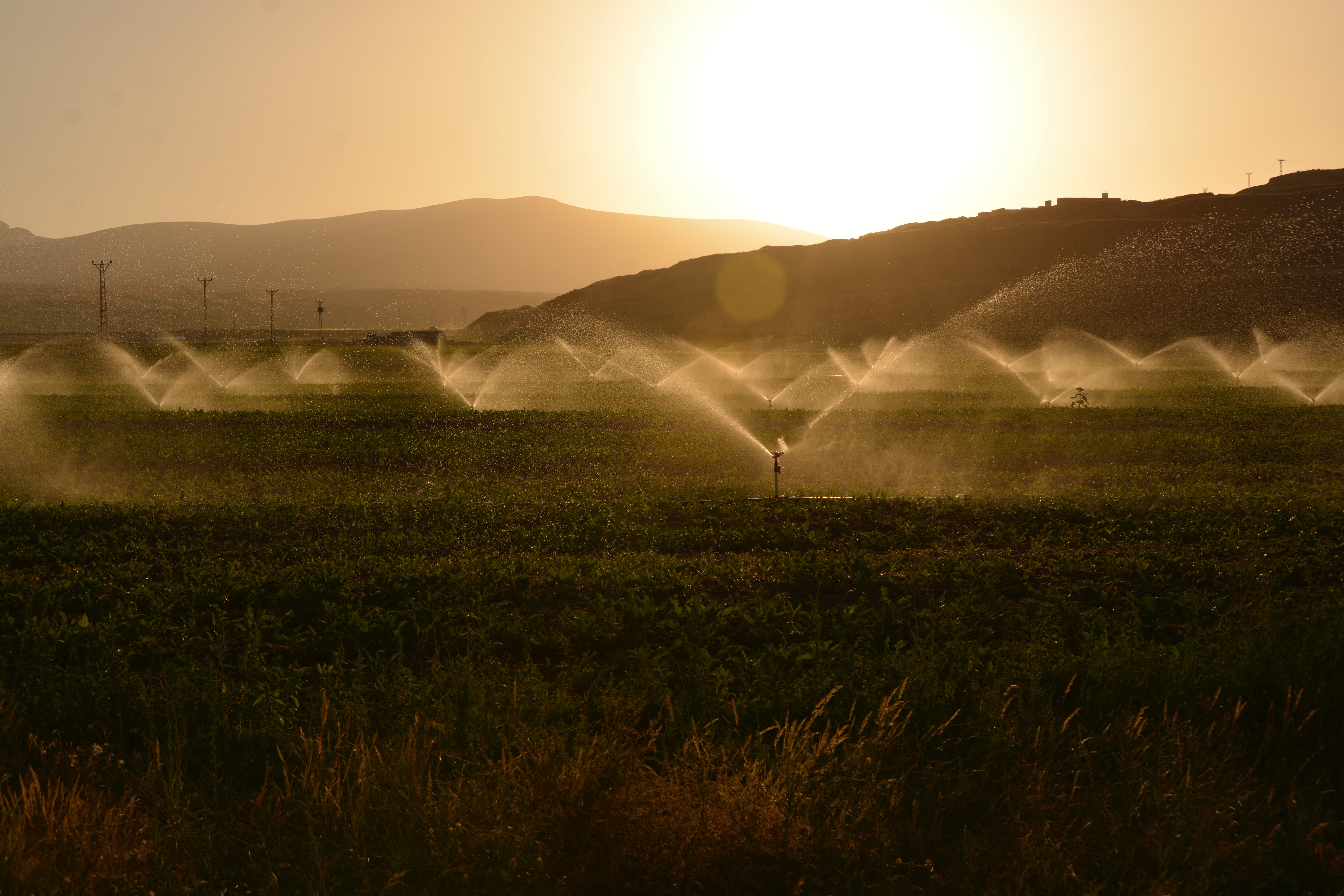2. Irrigation

Despite the fact that India is the world's second-largest irrigated country after China, just 1/3 of the planted area is irrigated. In a tropical monsoon country like India, where rainfall is unpredictable, inconsistent, and erratic, irrigation is the most critical agricultural input. India will not be able to make sustained progress in agriculture unless and until more than half of the planted area is irrigated.
The success storey of agricultural prosperity in Punjab, Haryana, and the western part of Uttar Pradesh, where irrigation covers more than half of the cropped area, attests to this. Irrigation of large swaths of land is still needed to enhance agricultural productivity.
However, extreme caution must be exercised to avoid the negative impacts of over irrigation, particularly in areas irrigated by canals. Due to improper irrigation, large expanses of Punjab and Haryana have been rendered worthless (areas afflicted by salinity, alkalinity, and water logging). Intensive irrigation in the Indira Gandhi Canal command region has also resulted in a dramatic rise in sub-soil water levels, causing water logging, soil salinity, and alkalinity.